Beginner’s Guide to Film Photography
It was about two months ago now that my debut article in Belle Lumière Magazine, “Finding Film,” was released. I had been talking with Lexi, the editor, for some time and she suggested I take a shot at writing an Intro to Film Photography educational piece for Volume XXVII. I couldn’t have been more honored (or thrilled) about the opportunity and I did my best to both thoroughly entertain the readers of Belle Lumiére Magazine whilst throwing in a bit of film education as well. So, without further ado, here is Finding Film: Taking the Leap Into Film Photography.
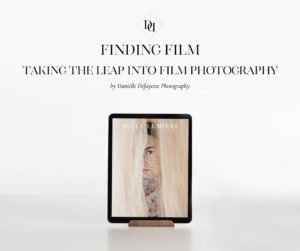
Finding Film: Taking the Leap Into Film Photography
by Danielle Defayette Smith
It was almost two years ago when I decided to throw a wrench into my well oiled business and take up film photography. My husband often jokes that it’s because I hate money and, sometimes, I find myself agreeing with him. There is just something so magical about preserving a moment in time without instantly reviewing the results or scrutinizing the composition. It goes quite deeper than that though, to a fundamental level of capturing something for its sentimental value versus a commercial one.
Contrary to popular belief, I do not believe that film photography produces better images than digital images. Truthfully, there are so many different film emulating presets available that you can replicate digital to be nearly identical to film photos. Modern camera sensors have incredible dynamic range and massive file sizes, which is the ideal playground for those who enjoy manipulating images in the editing process. As someone who dreads culling my photos and editing, I have come to love the process of packaging up my rolls of film to send to the lab and the rather impatient wait until I receive word that the files are ready for download.
When I found myself standing outside of this charming, hole-in-the-wall camera shop in Downtown D.C., I hadn’t known anything about film photography. I was an overworked and uninspired photographer who sought out a camera store while on vacation hoping for a spark of creativity. As I scanned over all the flash equipment, lenses, and tripods–I found it. I picked up my first film camera, an antique Pentax K1000, and haven’t looked back since.

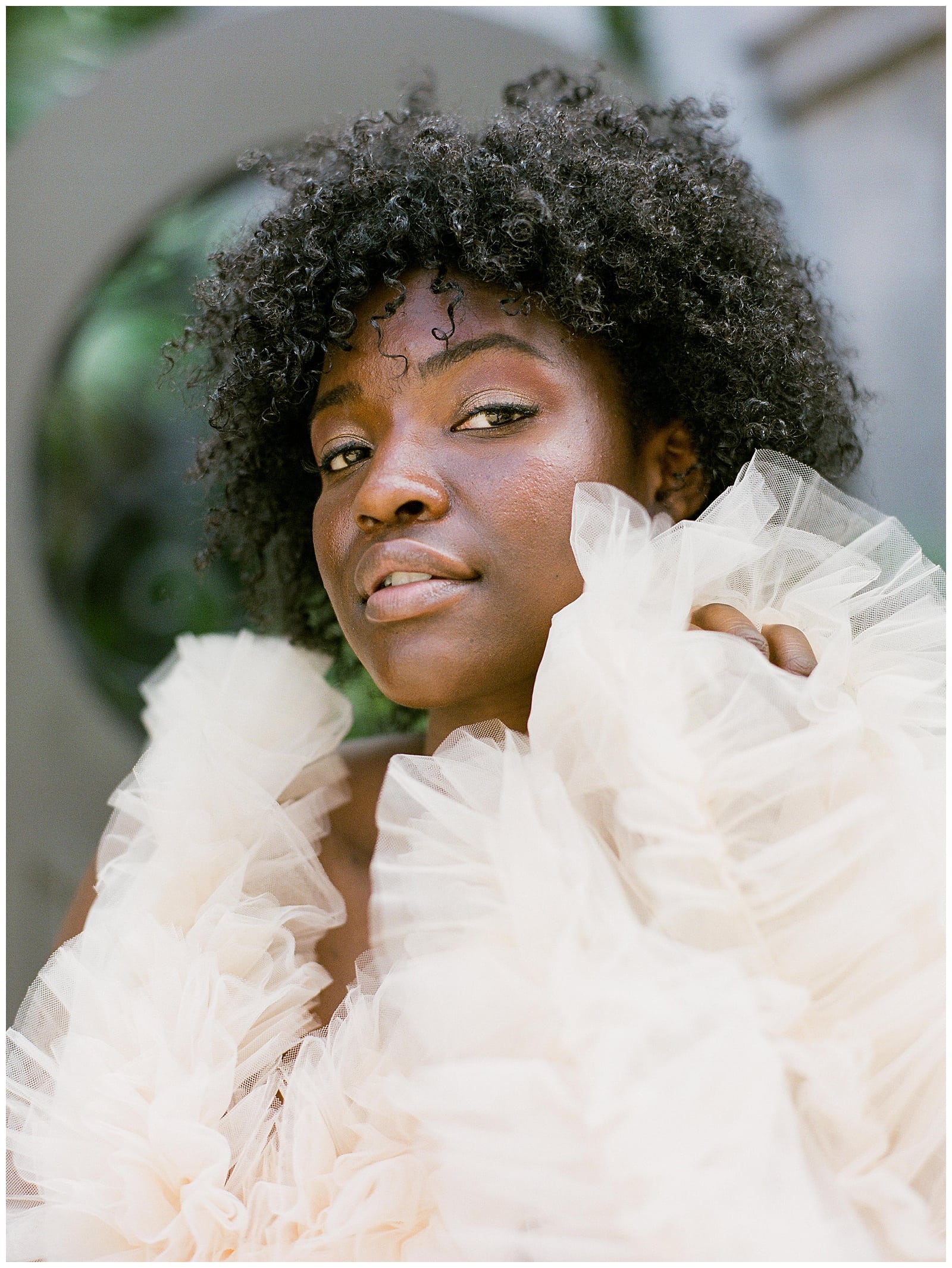
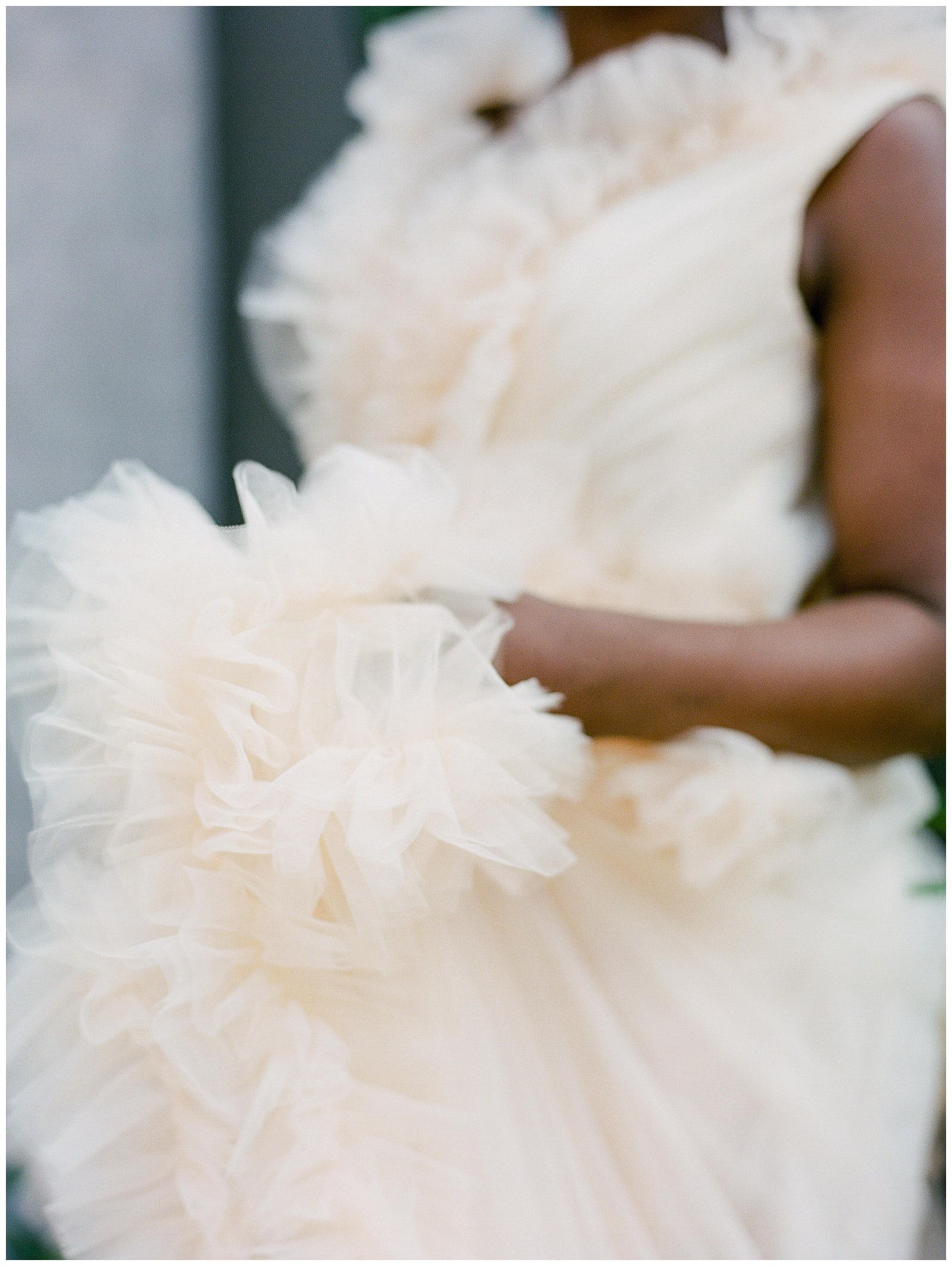
Intro to Film Photography: Film Cameras
Similar to digital photography, there are numerous options when picking a film camera. There are 35mm cameras, medium format (or 120 film) cameras, and instant cameras. Each of the different films will provide different results, of course, but each film type carries its own advantages and quirks.
If you’ve never tried film photography before, I always recommend starting with a simple 35mm camera. There are so many positives to a 35mm camera, which make them the most prevalent film cameras on the market today. It’s by far the easiest camera to find, it’s easy to learn, easy to get developed, and it can provide truly great results. It’s also one of the most affordable options when taking up with film, both the camera and the film. Many beginning and intermediate photographers choose to begin shooting 35mm film because top-quality film SLR cameras are abundant, you can often use lenses already in your arsenal, and they are rather inexpensive. If you’re up for it though, the Pentax K1000 is a fully manual SLR that is easy to find and maintain.
When you start to feel adventurous or have worn out your 35mm camera, you might consider making the leap into medium format film. It’s definitely more challenging to use and can be quite costly, but the reward is often worth the extra effort!
The largest advantage to medium format film is its size. A roll of 120 film is 61 mm wide. Most medium format cameras shoot 60 mm x 60 mm images, which make for large negatives that can produce giant images while providing clarity and a finer grain. Many editorial and wedding photographers choose to shoot in medium format film.
Be careful, though. Loading 120 film is tricky and it’s not difficult to accidentally expose an entire roll (or two) trying to get it in the camera at first. With practice, lots of online video tutorials, and sheer determination–eventually loading and retrieving your 120 rolls becomes easier.


Intro to Film Photography: Film Stocks
One of my favorite things about film photography is that the feel of each image is not created with presets in Lightroom or Photoshop, but in the different films you choose to shoot. The film stock you’ve chosen and the way that you rate it actually determine your overall “style.” A snapshot film like Fuji Superia 200 will provide an entirely different look in comparison to a portrait film such as Kodak Portra or even a black and white film like Illford HP5.
You truly have to re-learn photography when taking up with film. We all know that when shooting a digital camera you do not want to overexpose your image too much for fear of blowing out the highlights and losing all of the fine details. Truthfully, some say it’s best with digital to err on the side of underexposure. This is absolutely not the case with film photography. When shooting film, you should choose to overexpose by one of two stops. If you end up overexposing the shot, it’s very hard to mess up a roll of film.
One of the biggest disparities between digital and film is that the selected film stock is what dictates the ISO, rather than your camera. You can get different films with different ISOs and then decide which film is best for the occasion. Most film stocks are between about ISO 100 and ISO 800, but you can find some that are higher.
Similarly, white balance does not exist with film photography. Different film stocks provide different colors based on the tone of the film. Most films are designed to be used in daylight or even overcast days. You can search for a thorough film description on any website and find exactly what it’s white balanced for.
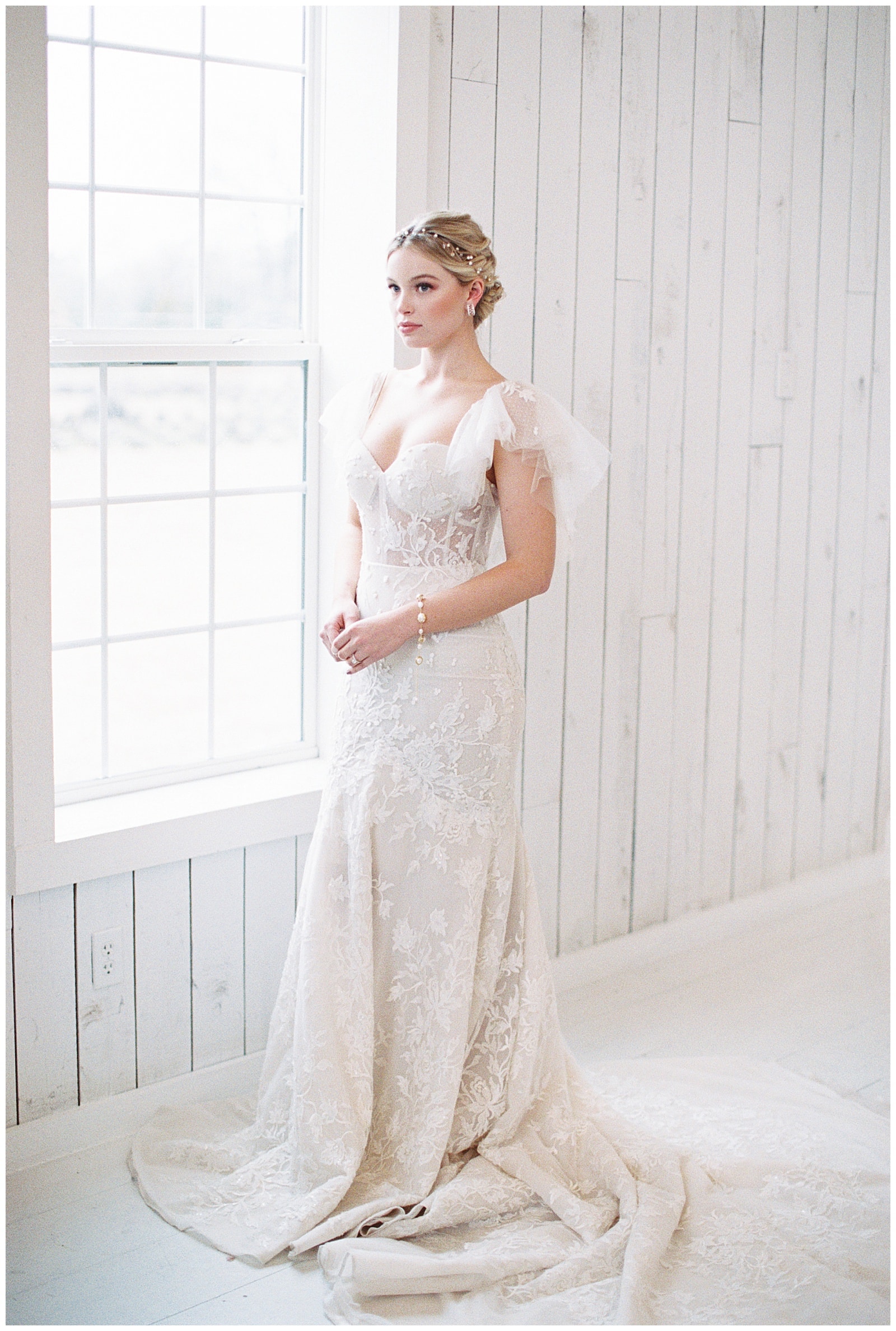

Intro to Film Photography: Film Labs
Behind having a thorough understanding of film and using a film camera, your choice of film lab is the most important factor in determining how your images turn out. Browsing through websites of potential candidates can feel like looking through dating profiles–searching for a worthy match that has the right balance of appealing images and enlightening information. You’ll also get the same first date jitters as you mail off your first few rolls of film and wait for the developed images to come your way.
Developing a relationship with the staff at the lab is a critical, but often overlooked aspect of film photography. With the vast number of photographers in the world, each one is unique with different preferences. Your new lab won’t know your preferences automatically, which is why you need to give them the chance to get to know you and your work. Most film labs encourage you to send them photographs of what you are looking to achieve and will often schedule a phone call to discuss the different scanning options available. There really is the perfect lab for everyone, but it definitely takes effort on both sides to produce the film photographs that you’re looking for.
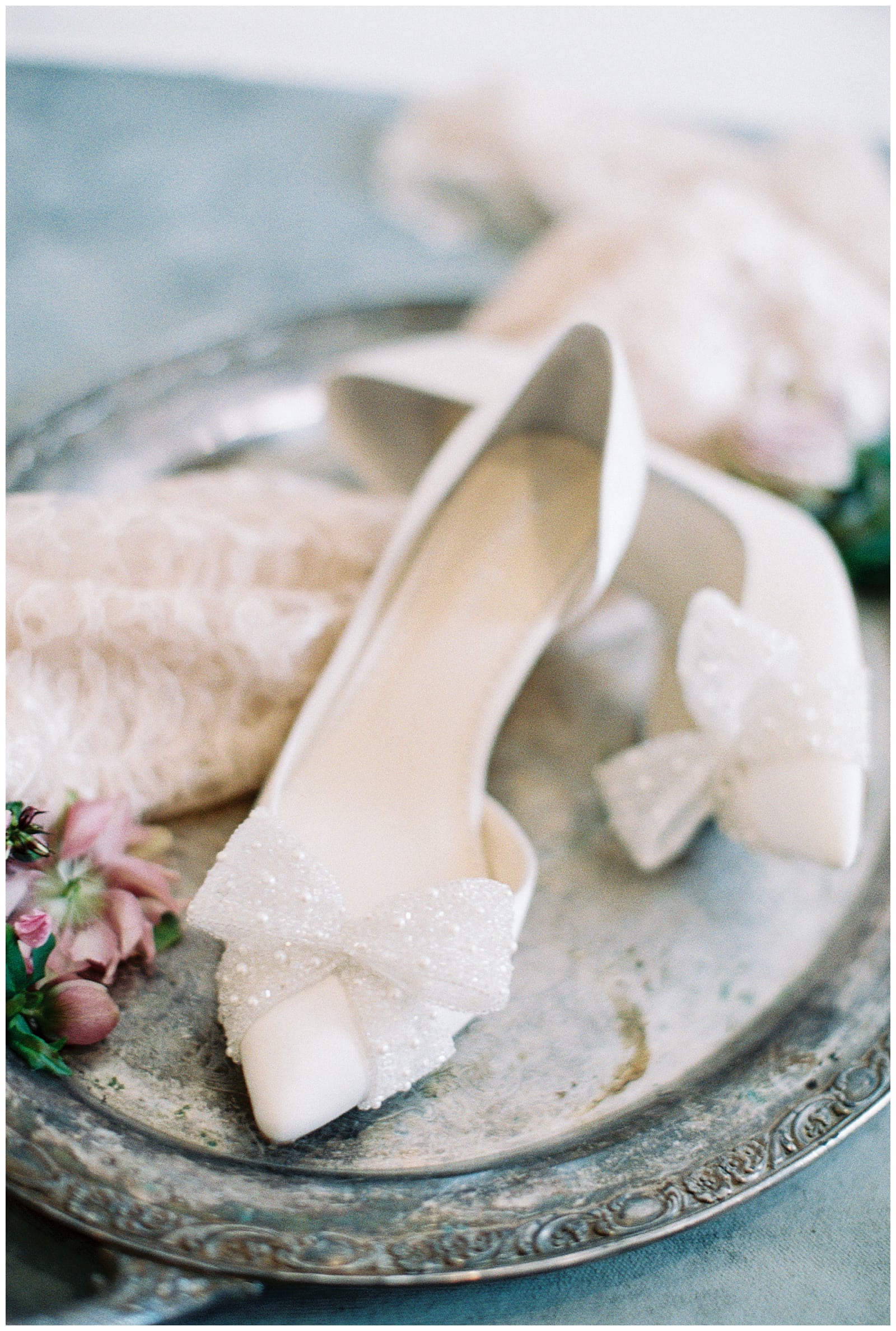
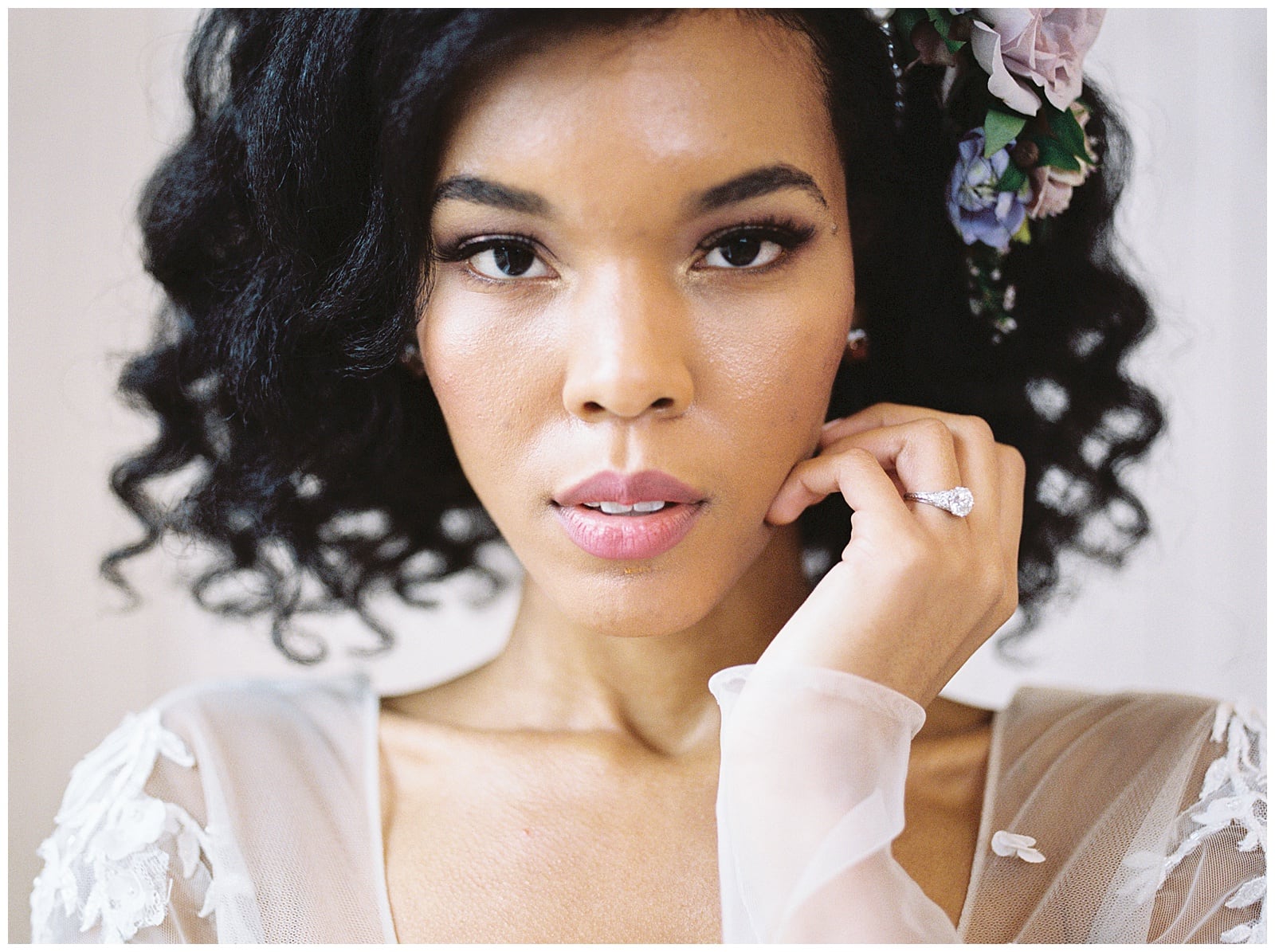
Looking for more beginner film photography education? Check out my Film Fun Friday: Medium Format vs. Digital article!
Hi there—
i'm danielle
I'm a Virginia-based wedding & portrait photographer capturing photos that look like actual ART.
If you're hoping for the inside scoop, my newsletter is where it's at.